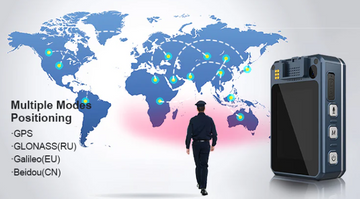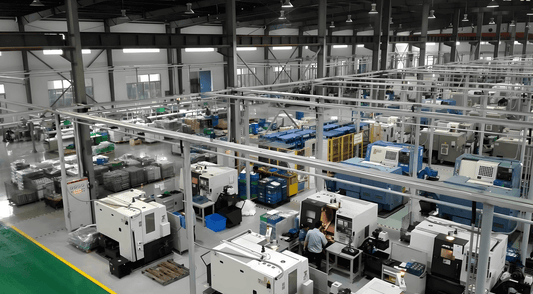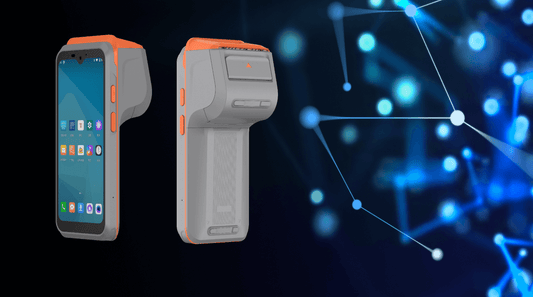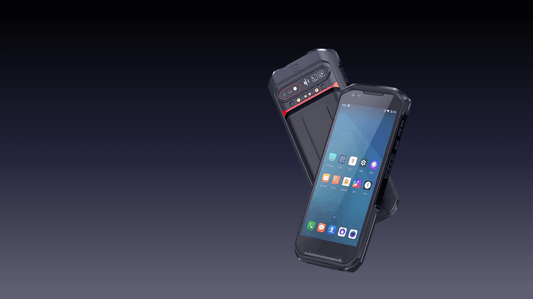Case Study: Transforming Retail Operations with Smart Printing Terminals at GreenMart Supermarkets
Introduction
In the competitive world of retail, efficiency and customer satisfaction are paramount. GreenMart Supermarkets, a mid-sized grocery chain with 25 stores across the Midwest, faced challenges with its outdated labeling and receipt printing systems. Long queues, pricing errors, and inefficient inventory management were impacting both operational efficiency and customer experience. To address these issues, GreenMart implemented Smart Printing Terminals across its stores. This case study explores the challenges, implementation process, and outcomes of this transformative initiative.
Background
GreenMart Supermarkets had been using traditional printers for price tags, receipts, and barcodes. These devices were slow, prone to errors, and required frequent maintenance. Additionally, the lack of integration between the printers and the store’s inventory management system led to discrepancies in pricing and stock levels. In 2022, GreenMart’s management decided to invest in modern technology to streamline operations and enhance the customer experience. After evaluating several options, they chose to deploy Smart Printing Terminals.
Objectives
The primary goals of implementing Smart Printing Terminals were:
1. Improve Operational Efficiency: Reduce the time spent on printing tasks and minimize errors.
2. Enhance Customer Experience: Ensure accurate pricing and faster checkout processes.
3. Optimize Inventory Management: Integrate printing systems with inventory software for real-time updates.
4. Reduce Costs: Lower maintenance and operational expenses associated with traditional printers.
Implementation
The implementation of Smart Printing Terminals at GreenMart was carried out in three phases:
Phase 1: Planning and Vendor Selection (January - March 2022)
GreenMart formed a project team comprising IT specialists, store managers, and operations staff to evaluate Smart Printing Terminal vendors. After thorough research, they selected a vendor offering terminals with wireless connectivity, cloud integration, and customizable templates. The terminals were also compatible with GreenMart’s existing inventory management system.
Phase 2: Pilot Testing (April - May 2022)
The new terminals were first deployed in three stores for a two-month pilot phase. During this period, staff were trained on how to use the devices, and any technical issues were addressed. The pilot phase also allowed GreenMart to gather feedback from employees and customers.
Phase 3: Full Deployment (June - August 2022)
Based on the success of the pilot, GreenMart rolled out Smart Printing Terminals across all 25 stores. Each store received terminals for checkout counters, stockrooms, and customer service desks. The deployment was accompanied by a comprehensive training program for all employees.
Challenges
The implementation process was not without its challenges:
1. Initial Resistance from Staff: Some employees were hesitant to adopt the new technology, fearing it would complicate their workflows. This was addressed through hands-on training and demonstrations of the terminals’ ease of use.
2. Integration Issues: Initially, there were minor compatibility issues between the terminals and the inventory management system. These were resolved with software updates and technical support from the vendor.
3. Cost Concerns: The upfront investment in Smart Printing Terminals was significant. However, GreenMart offset the costs by securing a financing plan from the vendor and highlighting the long-term savings.
Outcomes
The implementation of Smart Printing Terminals at GreenMart Supermarkets yielded significant benefits:
1. Improved Operational Efficiency
The new terminals reduced the time required for printing price tags and receipts by 40%. Employees could now generate labels and barcodes in seconds, allowing them to focus on other tasks. The automation of printing tasks also minimized human errors, such as incorrect pricing or mislabeled products.
2. Enhanced Customer Experience
Faster checkout processes and accurate pricing led to shorter queues and happier customers. During the first six months of implementation, GreenMart saw a 15% increase in customer satisfaction scores. Additionally, the ability to print customized promotional labels helped boost sales of featured products.
3. Optimized Inventory Management
The integration of Smart Printing Terminals with the inventory management system ensured real-time updates on stock levels. This reduced instances of overstocking or stockouts, improving overall inventory accuracy by 30%.
4. Cost Savings
While the initial investment was substantial, GreenMart achieved significant cost savings in the long run. The terminals’ durability and low maintenance requirements reduced repair costs by 50%. Additionally, the reduction in pricing errors and improved inventory management led to fewer financial losses.
5. Sustainability Benefits
The Smart Printing Terminals supported eco-friendly practices by enabling double-sided printing and reducing paper waste. GreenMart also implemented a recycling program for used labels and receipts, further enhancing its sustainability efforts.
Lessons Learned
GreenMart’s experience with Smart Printing Terminals offers valuable insights for other businesses considering similar initiatives:
1. Employee Training is Critical: Proper training ensures a smooth transition and helps employees embrace new technology.
2. Pilot Testing is Essential: A pilot phase allows businesses to identify and address issues before full deployment.
3. Vendor Support Matters: Choosing a vendor with reliable technical support and software compatibility is crucial for success.
4. Long-Term Benefits Outweigh Costs: While the upfront investment may be high, the long-term savings and operational improvements justify the expense.
Conclusion
The implementation of Smart Printing Terminals at GreenMart Supermarkets has been a resounding success. By modernizing its printing processes, GreenMart has not only improved operational efficiency but also enhanced the customer experience and achieved significant cost savings. This case study demonstrates the transformative potential of Smart Printing Terminals in the retail sector and serves as a model for other businesses looking to embrace smart technology.
As GreenMart continues to innovate, the lessons learned from this initiative will guide future technology investments, ensuring the company remains competitive in an ever-evolving retail landscape. The future of retail is smart, and GreenMart is leading the way.
No comments










0 comments